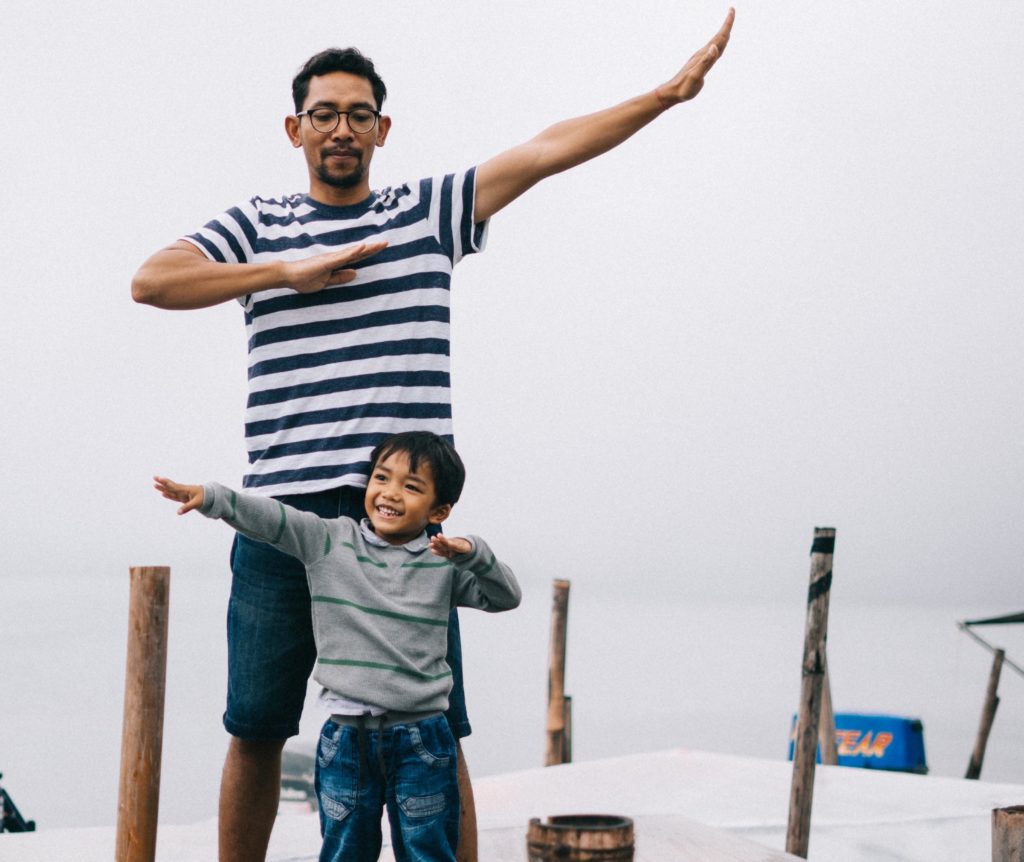

Raina Lawler, LMFT
4 Tips for Helping Your Child Manage Anxiety
Anxiety is one of the most common disorders diagnosed to children and teens in the US, and it’s understandable that we’ve been even more on edge about childhood anxiety during the COVID 19 pandemic.
I remember being an anxious child. Though now as an adult I understand my fears were irrational, it was still a scary time. One winter day while in the second grade (I went to Beach Elementary in Piedmont, CA) the rain started pouring down hard. I looked out the window and saw water swirling around the drain; I became gripped with panic that the rain would not stop and the school would flood. I now know I wasn’t in any real danger. But at the time, I was anxious and terrified.
And I can’t imagine my second grade self having to cope with that and the COVID-19 pandemic.
It can feel so overwhelming for kids and teens to feel anxious, especially in a world where there’s so much to feel anxious about. And for parents, watching your child panic can leave you feeling powerless, confused, and frustrated. That’s part of the reason I became a therapist. I wanted to help kids and parents curb childhood anxiety.
To that end, here are four simple tips you can do to help your child manage their anxiety, during the pandemic and beyond.
1) Create a plan of action with your child
When kids are anxious, central to the experience is a sense of feeling out of control. A plan of action encourages a sense of predictability, which in turn influences a sense of empowerment and control. Developing a plan of action (where you both have input and ideas) can help them feel prepared, regardless of whether or not the thing they fear is likely to happen.
I once worked with a fourth grade girl who had a fear of other people throwing up. This fear took center stage when a class field trip with a long bus ride was coming up. Her mother and I helped her come up with an action plan for the bus ride that included:
- Sitting in the front row
- Sitting by a window and,
- Bringing a plastic bag in case she had to throw up herself
The idea that her fear (of others throwing up) was not likely to happen was besides the point. The fact was, she was anxious and simply telling her it wasn’t likely to happen wouldn’t have done anything to quell her anxiety. It was the plan we built for taking care of herself that lessened her anxiety, made her feel more calm, and prepared her to handle the bus ride. A plan leads to feeling prepared, which leads to predictability and empowerment.
2) Practice deep breathing
One of the best (and simplest) ways to manage anxiety is to catch ourselves in the act and take a deep breath. That is, when we become aware we’re anxious, we can simply take a deep breath as a here and now intervention. Deep breathing works to calm our central nervous system, which gets aroused when anxiety rises.
Try This: Count up to three while inhaling, then six while exhaling. Do it for yourself as you’re reading this post (and can be great for parent self-care too) and experiment by teaching it to your child. Note: Teach your child when they are not in a state of high anxiety. Stick with and just know that it will take time for your child to actually integrate this intervention in their toolbelt (so stick with it).
One addition to the above is the practice of positive self-talk. When paired with deep breathing, this can be very effective. Some examples of positive self-talk are, “ I am safe”, or “I am not alone.” It’s important to keep the message simple and practice saying it with your child when they are calm, so they can draw on this message if they need it when they are feeling anxious and engaging in deep breathing.
3) Get your child into their body
Sometimes with anxiety the solution has nothing to do with the problem and the best thing to do is go outside and get your child out of their head and into their body. When working with kids and their parents, I call this “hitting the reset button”. For example, I recently worked with a late-aged child who had developed germ phobias as a result of COVID19, and she was compulsively washing her hands and asking her family–begging them– to do the same. It came to light that the anxiety had more to do with a feeling of a lack of control due to the pandemic, rather than an authentic fear of germs. Had her family gave in and started washing their hands more, her germ phobia might well have been transferred to something else.
The intervention that ultimately helped her was a plan we created (see tip 1) that included a combination of:
- Walking away from her computer
- Walking out of the kitchen
- Taking some deep breaths (see tip 2 above)
- Going outside to play
All of these activities helped her get out of her head and forget her worries. And while it’s important to help children and their parents to ultimately learn to deal with anxiety/worry head on, part of that process is learning how to step away from that stress at times so they can come back refreshed. Sometimes the best solution is to put down the task at hand and have your child go outside and ride their bike.
4) Help your child identify a trusted adult they can tell what’s going on
For some parents this may be obvious, but you’d be surprised at the number of caregivers I work with who haven’t thought of this tip. At home you have a sense of your child’s struggles with anxiety, and awareness is always the first step. But, what about when they’re at school? Or at a friend’s house? Or at an extracurricular event? Will the adults in those contexts know how your child is feeling and what they’re struggling with? One of the simplest but most effective ways to help your child manage their anxiety is to empower them to talk to trusted adults when they’re out of the home. At school that might be a teacher, a tutor, or even the school counselor. Out of school that might be a sports coach, a friend’s parent, or a mentor. The key is that if they feel safe enough with someone to express how they’re feeling, they’re much more likely to regulate their anxiety in the long term.
At the start of this post I wrote about my anxiety and fear of the rain on a cold winter day. How it ended was that I told my teacher that I was very scared that there would be a flood. She calmly explained that we live in a very hilly area, and despite the pouring rain it was not going to flood and I would be okay. This was over thirty years ago, but I still remember how her calm, rational explanation helped me feel safe, and my courage to share my fear helped me feel less alone.
A helpful, open adult who listens helps your child talk through the anxiety and ultimately allows them to trust themselves, which is a key indicator of healthy development across the early lifespan.
—
Whether your child needs a plan of action, deep breathing, to get into their bodies, someone who they can express themselves to, or some combination of all of the above, I recommend experimenting with these strategies. They’ve been extremely effective in my work with anxious children and teens. If you/they have exhausted the above, then it’s possible that the open, caring adult they need to speak to is a trained therapist. Someone who can be understanding and compassionate but who also has the skill set to help them manage, and ultimately get passed, their anxiety.
If you or your child needs professional help, don’t hesitate to click the “get help now” button below to get in touch.
If you’re located in California and need help determining if your child and/or family need professional help, contact Family Spring by submitting an inquiry at this link.
Related Posts
Do You Have an Anxious Kid? Here are Five Ways You Can Help
3 Tips for Sharing Mindfulness with Your Kids
3 Problems with Parental Invalidation (and What to Say Instead)
3 Steps to Promote Resilience and Self-Care for Parents (and your kids) in Uncertain Times
